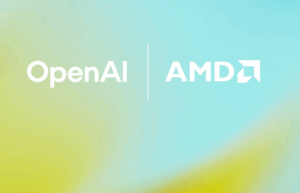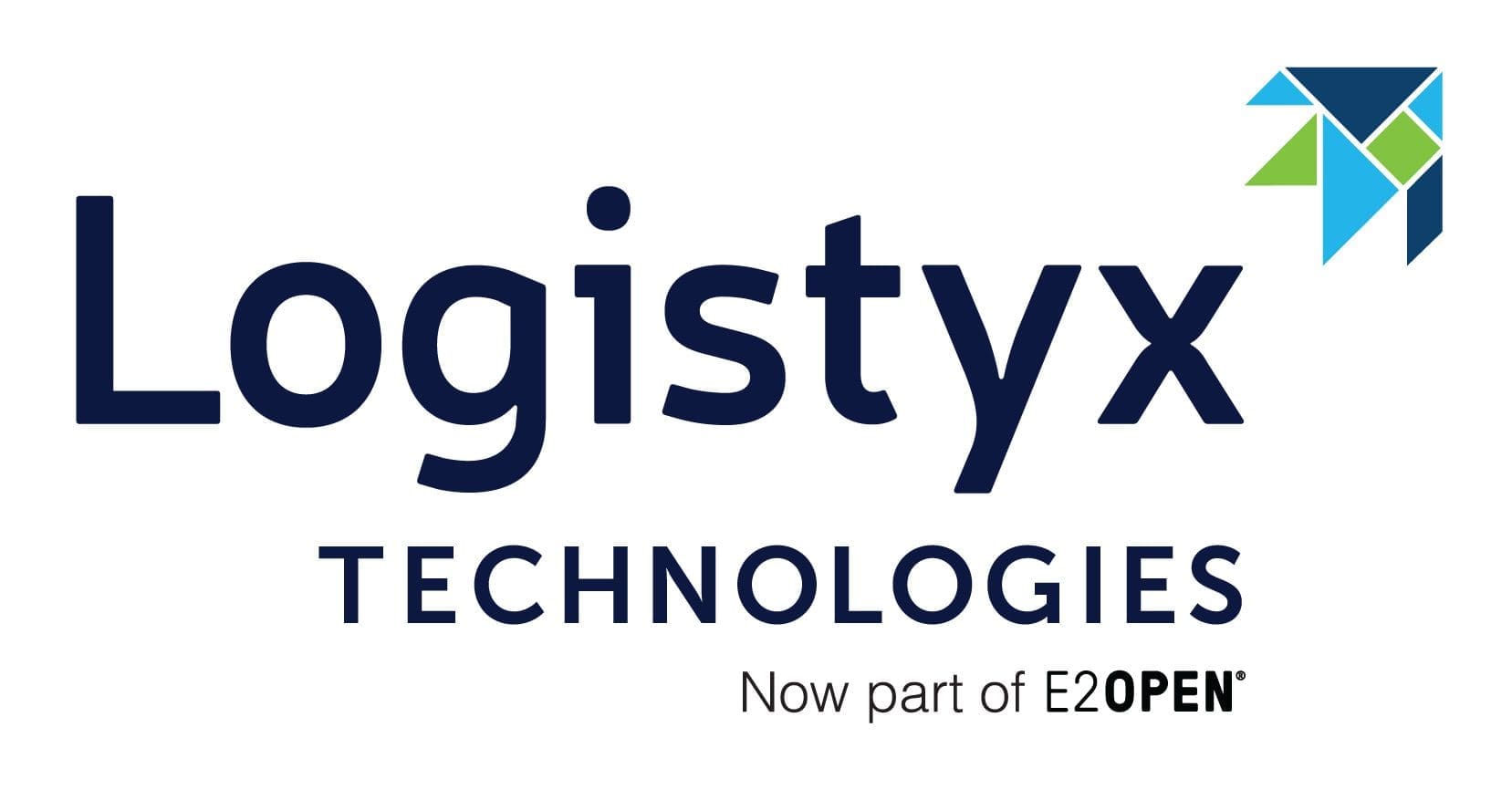 Advanced Micro Devices (AMD) and OpenAI jointly announced a strategic partnership focused on scaling compute capacity for artificial intelligence systems. The agreement outlines OpenAI’s plan to deploy up to 6 gigawatts of AMD Instinct™ GPUs, beginning with an initial 1-gigawatt deployment using the MI450 series in the second half of 2026. This development reflects a broader industry shift toward large-scale infrastructure buildout for AI workloads and brings several operational and supply chain considerations to the forefront.
Advanced Micro Devices (AMD) and OpenAI jointly announced a strategic partnership focused on scaling compute capacity for artificial intelligence systems. The agreement outlines OpenAI’s plan to deploy up to 6 gigawatts of AMD Instinct™ GPUs, beginning with an initial 1-gigawatt deployment using the MI450 series in the second half of 2026. This development reflects a broader industry shift toward large-scale infrastructure buildout for AI workloads and brings several operational and supply chain considerations to the forefront.
Link to AMD press release
Link to OpenAI press release
Partnership Structure and Scope
The agreement positions AMD as a core compute supplier for OpenAI, with both companies committing to multi-generational collaboration across hardware and software. This includes alignment on product roadmaps and performance optimization, building on prior work involving AMD’s MI300X and MI350X GPUs.
To align financial incentives, AMD has issued OpenAI a warrant for up to 160 million shares of AMD common stock. These shares will vest in stages based on performance metrics, including the scale of GPU deployments and AMD’s share price targets.
Implications for Semiconductor and Infrastructure Supply Chains
This level of deployment introduces a number of significant supply chain and operational planning challenges.
Semiconductor manufacturing capacity will be a critical factor. AMD relies on TSMC for advanced-node production of its Instinct GPUs. Scaling to 6 gigawatts of compute will place substantial demand on TSMC’s foundry capacity, particularly at 3nm and 5nm process nodes.
Component sourcing is another consideration. High-bandwidth memory (HBM), advanced substrates, and GPU packaging technologies are all areas where supply is already constrained. Additional pressure from this agreement may affect pricing and lead times across the industry.
Data center infrastructure requirements will expand significantly. Deploying compute at this scale will require new or upgraded facilities with advanced power distribution, thermal management, and high-density rack designs. Coordinated investment in power infrastructure and cooling systems will be necessary.
Geopolitical exposure is also relevant. The supply chain for these systems spans Taiwan, South Korea, and the United States. With increasing focus on technology sovereignty and export controls, both companies will need to manage regional dependencies and potential regulatory constraints.
Strategic Implications
For AMD, this agreement represents a meaningful expansion into the AI infrastructure market and helps diversify its customer base. It may also signal growing interest among hyperscalers in alternatives to incumbent providers of AI accelerators.
For OpenAI, the partnership secures a long-term supply of compute hardware tailored to its needs. This may improve resilience against supply fluctuations and create opportunities for deeper integration between software frameworks and hardware performance characteristics.
Overall, the deal reflects a continuing trend in the industry: the scaling of AI workloads is increasingly shaped not just by model innovation, but by the ability to secure and deploy compute infrastructure at industrial scale. The execution of this agreement will depend heavily on global coordination across fabrication, assembly, memory, logistics, and power systems.
















